|
Although I espouse the principles of planting for wildlife, I always seem surprised when it actually works. Wildlife need food, water, cover and a place to raise their young in order to live. Though there’s little in this world I can control, there’s an opportunity to make a difference when we plant for wildlife. Though sometimes I may put a handful of sunflower seeds on the “seed table” for the resident cardinals or blue jays, I don’t feed the critters. I do make sure my planting choices and practices are compatible with the needs of our native creatures. The best thing you can do to attract wildlife is plant native plants and they will come. Critters can be pretty sneaky. Case in point: the gardener picked a ripe avocado and put it beside his lunchbox only to return to find it had disappeared. Hmmm? He assumed I had picked it up. I had not. A short while later we opened a storage box and there was movement and I screamed (of course), as I’ve never become accustomed to actually seeing wildlife in my yard, and an enormous possum crawled out. It must’ve weighed 15 pounds! It had been the culprit that stole the avocado, and by the looks of things may have consumed many more. The possum just lumbered off when it saw us. My thought is there’s enough here for both of us, and I don’t mind sharing some fruit or produce from my garden. One morning in January while surveying the yard, looking for ripe fruit or vegetables, and clearing up any rotting fruit on the ground, I came across what appeared to be a dead possum. It was intact, no appearance of foul play, although I am aware that some homeowners put out bait to kill the rats, so perhaps this critter was an unfortunate secondary victim, since their diet consists of mice and rats… perhaps it ate a poisoned rat. Opossums are nature’s “Sanitation Engineers”. They also eat insects including cockroaches, crickets and beetles, and snails, as well as dead meat. I picked it up, placed it in a grocery bag, and put it in the trashcan. I didn’t think any more of it. That is until I told the story to a naturalist who asked me if I was sure it wasn’t “Playing Possum”… you know, acting dead to dissuade a predator. A possum will hiss, growl and flash a mouthful of 50 fierce-looking teeth in hopes of scaring a predator. If that doesn’t work they will play dead, since the predator is less interested in dead meat. The naturalist said it’s an involuntary comatose-like state induced by extreme fear, and somehow the opossum’s body knows when the danger has passed. They could not control it, but would “come to” again. Nature’s mystery! Putting it that way, I was not able to say I tested for temperature or life signs. It just looked dead. That made my husband Ted remark,”When I die will you make sure you get a second opinion? to make sure I am dead?” He is one of a not so small fraternity / sorority / “e-ternity” of people who have died (for Ted 8 minutes flat-line) and come back to life. People who have had this experience return with glowing stories of family reunions, or a sense of knowing about the glory of the afterlife.  “We discovered a large possum enjoying some scraps outside the front door the other night. We used to have one who came so regularly every evening you could set your watch by him. I do believe that nothing in nature is ugly; however, I must also admit that there are some things that aren't exactly beautiful, and the possum is one them! This particular one was quite tame and would be quite still to be stroked. His coat was as silky and soft as goose down which made him beautiful to touch. Perhaps we lay too much store in believing beauty to be a visual thing, whereas in fact it should involve all the senses.” (January 1980 - TORN (The Ocean Reef News) AN OPOSSUM RESCUE One lucky orphaned possum was adopted by my webmaster Brittney Novalsky, who named it “Paris”, and she raised it from the size of a tiny mouse until 3 years old. Brittney says Paris loved to cuddle, go on bike rides, and had a very special diet to keep her healthy. She drove an hour round trip to get her quail eggs. Though a possum’s life span is a short 3-4 years, Brittney says the experience of knowing love from an opossum was worth it.
The opossum is North America’s only marsupial. Infants stay inside the mother’s pouch to nurse and develop, but if the mother dies while still nursing, her offspring rarely survive. At 7 weeks old, the young leave the pouch but stick close to mom, still nursing and often riding atop her back.
1 Comment
Never will I forget the words of Jean Geddes, full-time Keys resident, fisherman and naturalist, and one never afraid to speak her mind. whom I met in the early 80’s. She said her favorite time of year was when the White Crowned Pigeons arrive and at the same time, the winter “snowbirds” depart. It is the frenetic pace of the season with the “three activities a day crowd,” plus feedings, that keeps Keys service workers and professionals in our tourism economy busy, and longing for the calmer days of the off-season. All they have to do is endure “Spring Break.” For years I’d make note of the first White Crowned Pigeon (Patagioenas leucocephala) I’d see, usually in late March or April, after they’ve flown from Central and South America, across the Gulf of Mexico. When they stop here they need water and food. Figs are high on their list… all sorts of figs, which are full of nutrition for our feathered travelers. My home is surrounded by a majority of native plants, including a large Banyan Tree (Ficus benghalensis.) White Crowned Pigeons also favor gumbo-limbo, blolly, poisonwood, rough strongbark, and ironwood trees. This year, while sitting under the fig tree and waiting, I managed to photograph my first White Crowned Pigeon. It is a challenge is to maneuver into a good clear vantage point for viewing the birds, without alerting them to your presence. I found it particularly helpful to use my Nikon 180 - 600 mm lens and stand in the shadows so I could watch without being discovered. In just a few weeks benefiting from the tips about what to look for and where to stand, I was able to get close-up photos of various birds in my yard including a Palm Warbler (Setophaga palmarum), Common Yellowthroat (Geothlypis trichas), Painted Bunting (Passerina ciris), White-Crowned Pigeon (Patagioenas leucocephala), and Prairie Warbler (Setophaga discolor). After all I’ve learned about finding migrating birds in the outdoors, my most unusual bird sighting was inside the home of Gail and Spike. While working on a photo project we were distracted by the flapping of a bird trying to get out. From high above on the window ledge the bird looked out and repeatedly was repelled by the clear glass barrier keeping him in. It darted up to the curtain and clung onto the fabric, probably wondering where is my branch? Confused, hungry and thirsty, this bird needed out. We called Ocean Reef’s naturalist Jeanette, who was there instantly and within a couple minutes had netted the bird. Jeanette took him out into the sunshine among the trees and flowers and butterflies and released it and as the bird flew off, I recognized that bird as the one often seen flying in pairs in the late afternoon catching mosquitos. From my photos the bird was identified as a Chimney Swift (Chaetura pelagica), and sure enough it feeds primarily on flying insects and it mates for life. It also likes chimneys, but it is unclear if the bird entered the house through the chimney or an open door. It is helpful if you can identify the birds by learning their songs. The Merlin app which listens for birds can give a pretty accurate ID to aid in visual identification. Unfortunately the spring migration coincides with the departure of our snowbirds, who also have a loud call… caused by the rumble of their jet engines warming up on the nearby airport runway, which successfully drowns out any bird call. "Practical bird-protection means not only preventing the destruction of birds but creating conditions which shall make the world more habitable for them. Tree planting for birds should be given especial consideration on Arbor Days"
With its cooler, dryer temperatures, winter has finally arrived in the Florida Keys and the time to get out and explore nature is right here and now. With that in mind I signed up for the 2023 Croc Lake Audubon Christmas Bird Count. In its 5th year since becoming an official Count Circle, I was assigned to a group with an experienced birder and other volunteers to seek out and identify birds, keep the bird tally log, and photograph. The Christmas Bird Count is in its 124th year dating back to 1900, when ornithologist Frank Chapman started the tradition of the Christmas Bird Count (CBC) that would count birds during the holidays rather than hunt them. Prior to 1900, a "Christmas Side Hunt" tradition existed, where hunters at a Christmas gathering, would divide into teams, go out for an afternoon of killing wildlife, both furred and feathered, and return to tally up the dead carcasses and declare a winner. Can't really say anyone was the winner, as the animals were not even intended for the dining table. This was my second attempt at joining the CBC event. In 2022 I showed up ill prepared for the rainy weather, as we walked through wet grass, with now wet feet, plus my new camera anxiety caused me to quit after only an hour. The goal is to arrive at 7 am and count the entire day, and finish about 5 pm. So for 2023 I set out prepared. I had weather appropriate, lightweight clothing and closed toed shoes, a waterproof backpack to stash my camera gear in case of rain, sunscreen, water, and I had the most important item needed - an inexpensive pair of binoculars recommended by Audubon. In 2023 again we had rain, in fact four days of tropical squalls and daylong downpours preceded the count. The Sunday morning of the CBC, the weather was clearing, but rain arrived early. Our group decided to take a breakfast break until the rain cleared. Fellow volunteer and woodsman Jack rationalized, ”If the birds aren’t out in the rain, we probably shouldn’t be either.” An organized group event such as the CBC, held annually between December 14th and January 5th, is a great way to be outdoors and meet new people, and the count is free and open to everyone regardless of bird ID skill level. Don’t worry about what you don’t know, naturalists are very willing to share their knowledge with you. Birding is a challenge for sure. Especially if you are not familiar with their calls, have poor hearing or don’t know what you are looking at. I can check all of the above boxes! It was hilarious as the group would point out a bird that for the life of me I could not see. That’s normal, the bird has stopped moving, they assured me, look for the movement of the leaves. That helped, and when finally I saw the bird there would be a celebration. After finding the bird, raising the camera and getting in focus, I had to act quickly before the bird is gone. I guess that's why I have a lot of photos of birds flying away! The thrill of the hunt! The CBC is a great example of citizen science, the practice of enlisting a large group of volunteers to collect and share data as part of a larger story. Our group, one of six in this year’s Croc Lake CBC, sited 26 different species and 259 birds total that day. Aside from organized events such as the CBC, individuals can collect data on their own. Our group leader Chrissy told me she keeps track of the species of birds, and the dates they arrive to her yard. When I asked if she shared the info, she said it was more so she would know when to expect some of her favorite birds. My birder friend Harold encouraged me to enter data on eBird after my rare sighting of Black Swans in Key Largo this summer. He emphasized the importance of recording sightings, as trends show up over time, and are used to study the long-term health of bird populations. The only way the CBC could have been more fun is if there were more people doing it. By the end of the long day, we were power walking the trails so we could get to all the areas on our list. It would have been much better with more volunteers to divide the territory up into smaller portions and spend more time in observation. The weather’s great and the birds are here. Grab a friend and take a walk outside at Dagny Johnson Key Largo Hammock Botanical State Park, located on County Road 905, half-mile north of the intersection with U.S. Highway 1 at Mile Marker 106. It is open from sunrise to sunset 365 days a year.
|
CAROL ELLIS
This photographic website provides me the opportunity for self-expression, for sharing Archives
May 2024
TAGS
All
|
© Copyright 2022. Carol Ellis Photography.
All Rights Reserved.












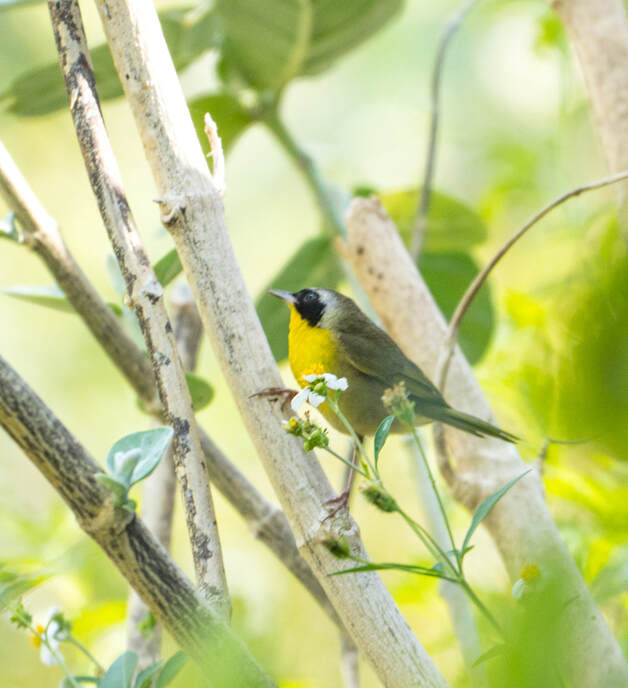
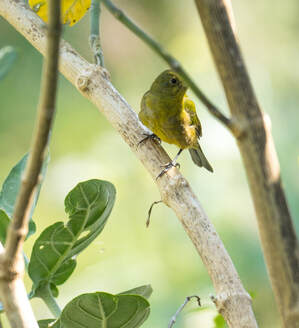
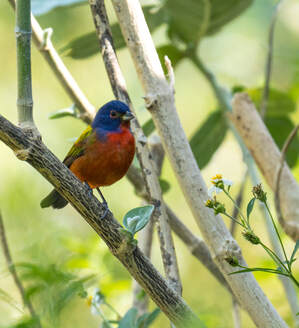
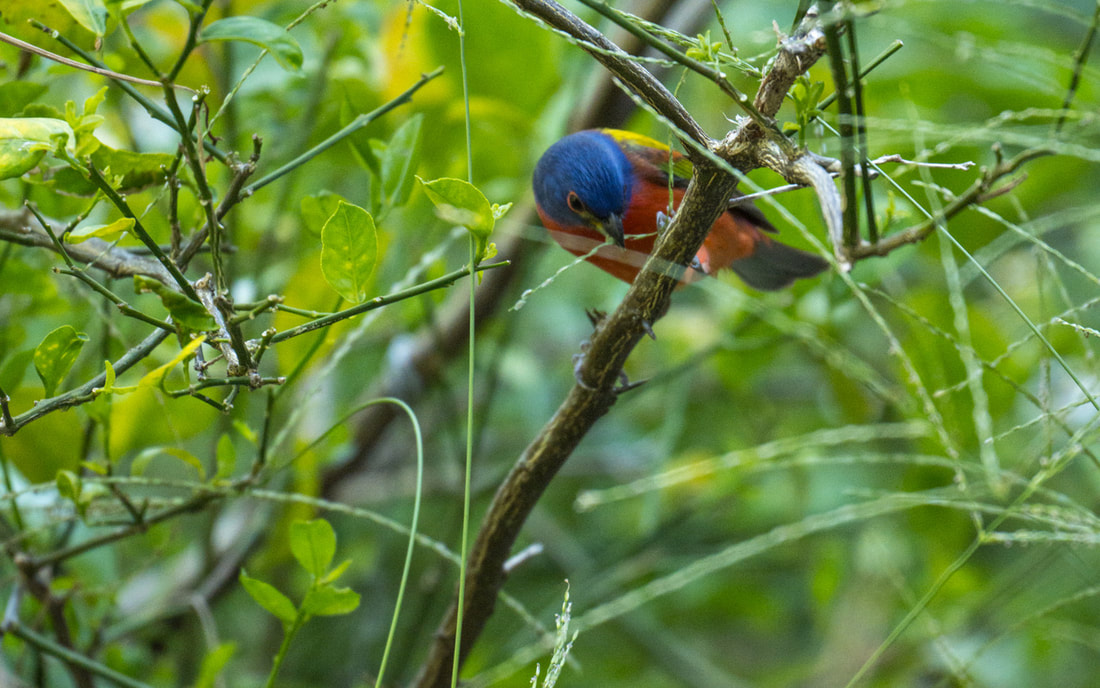
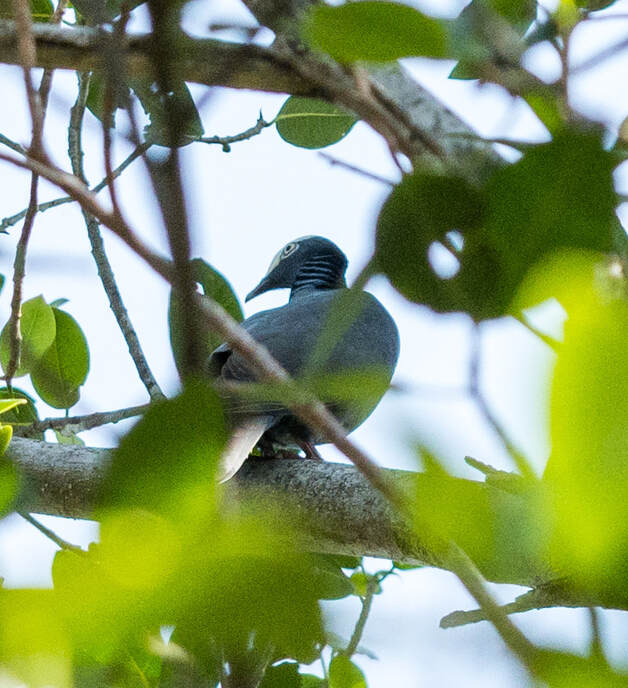
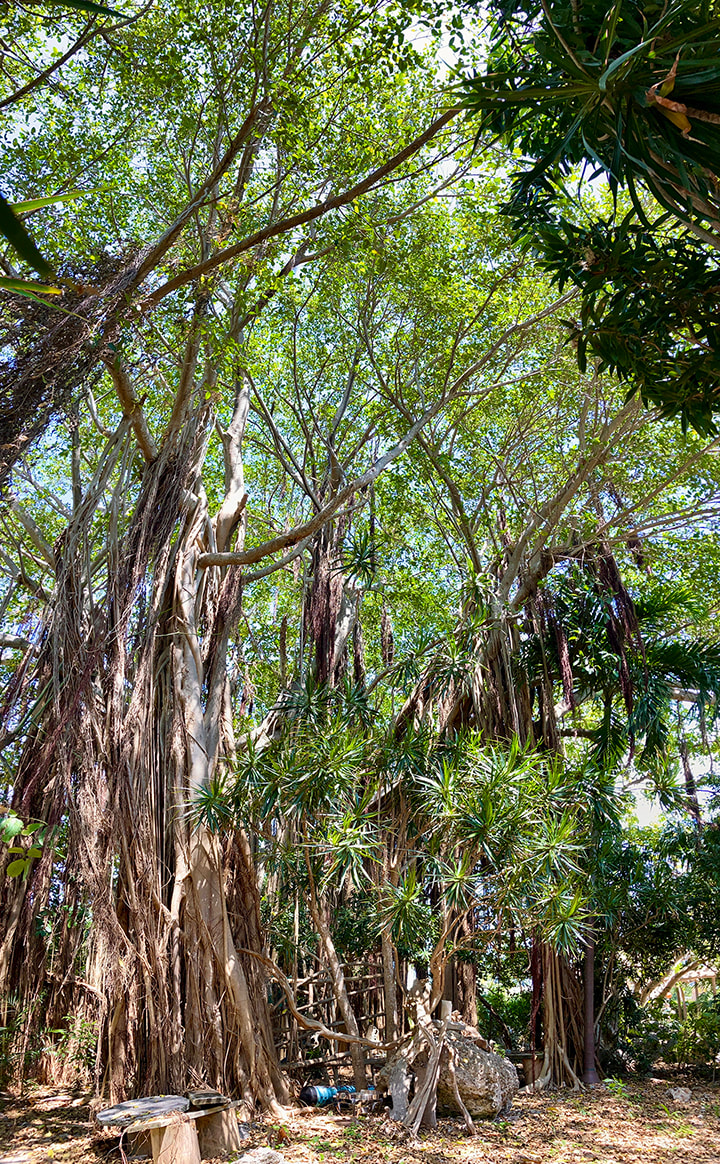
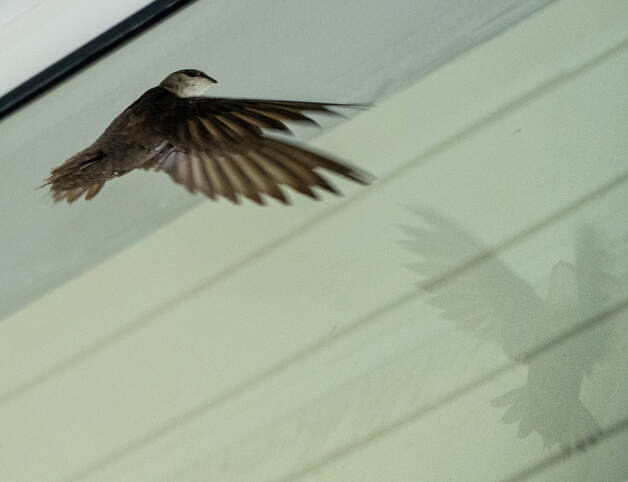
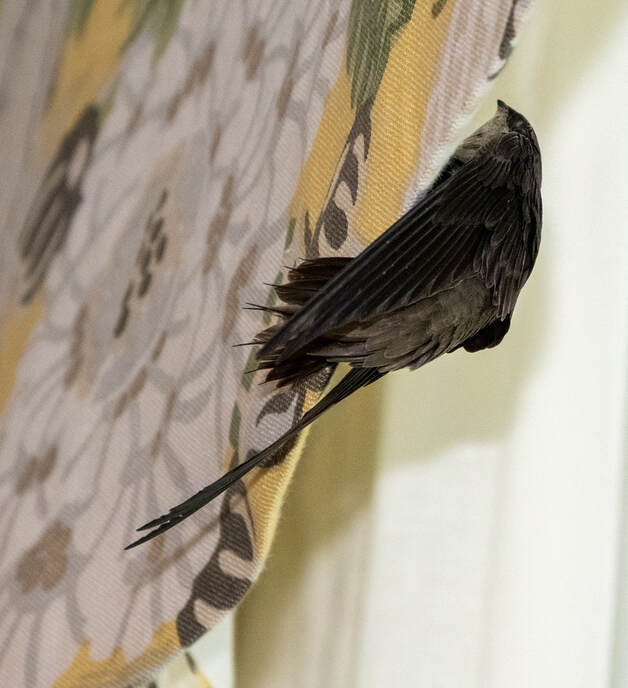
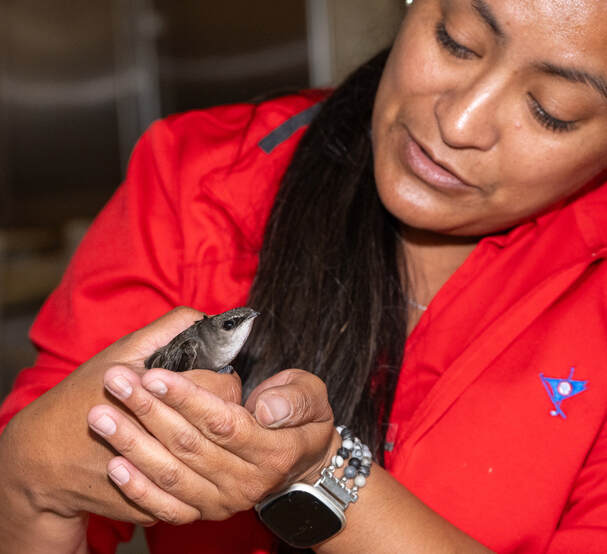
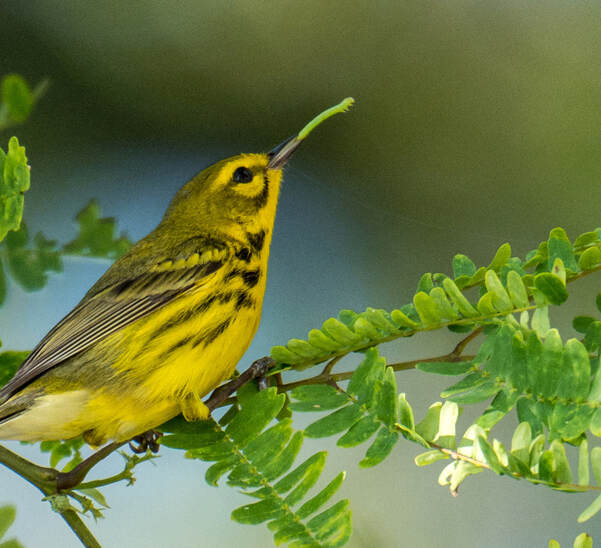
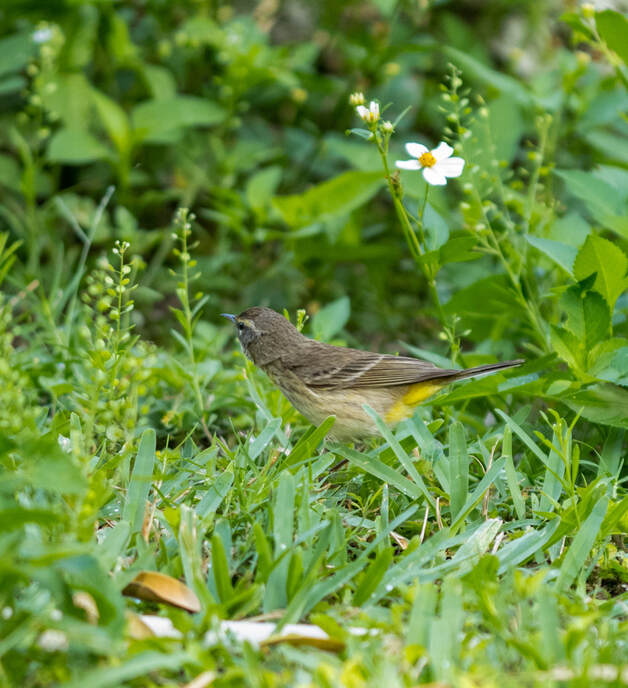
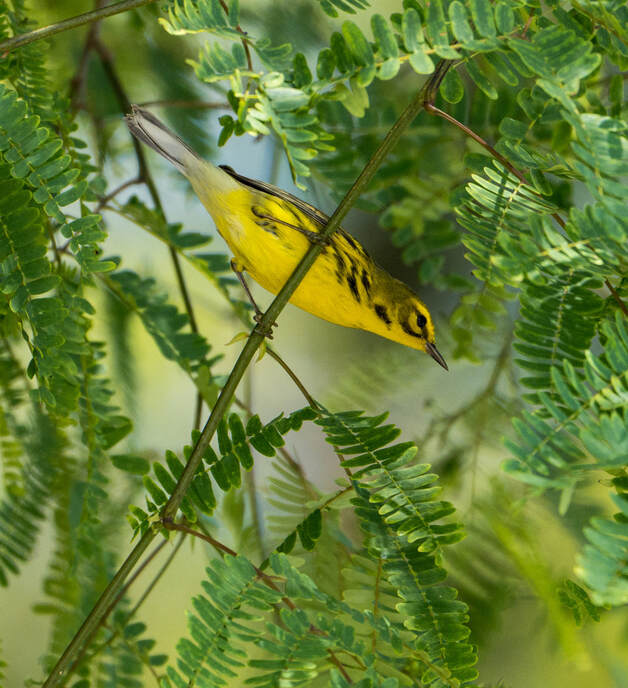
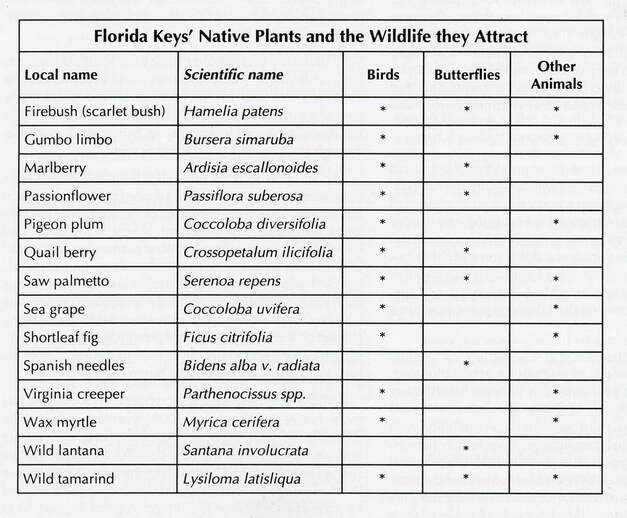
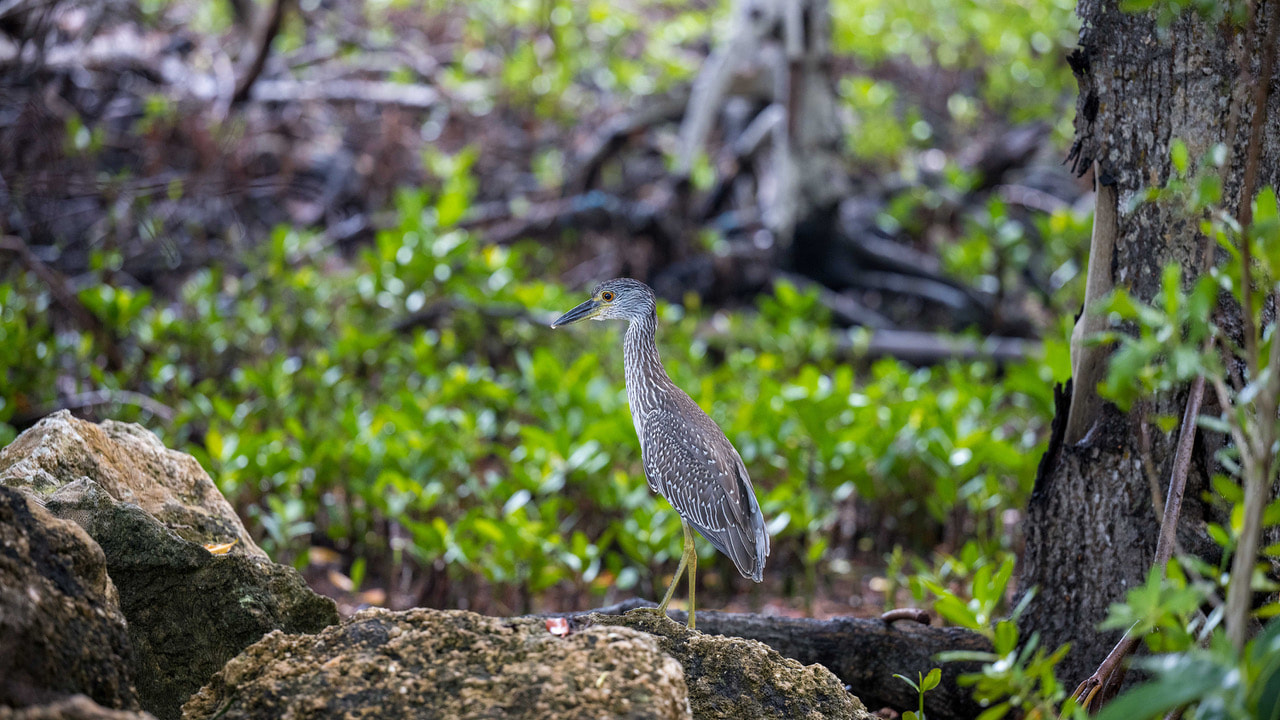

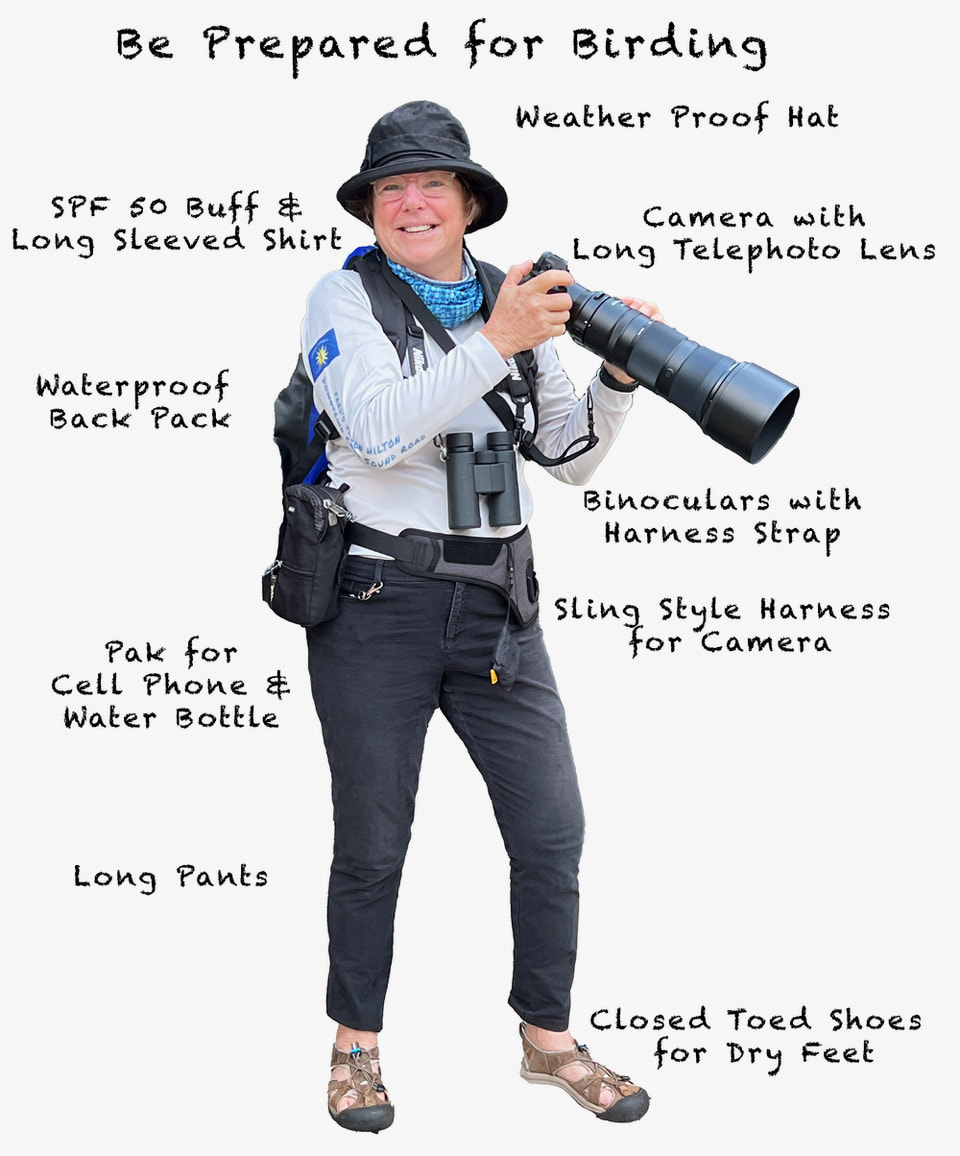
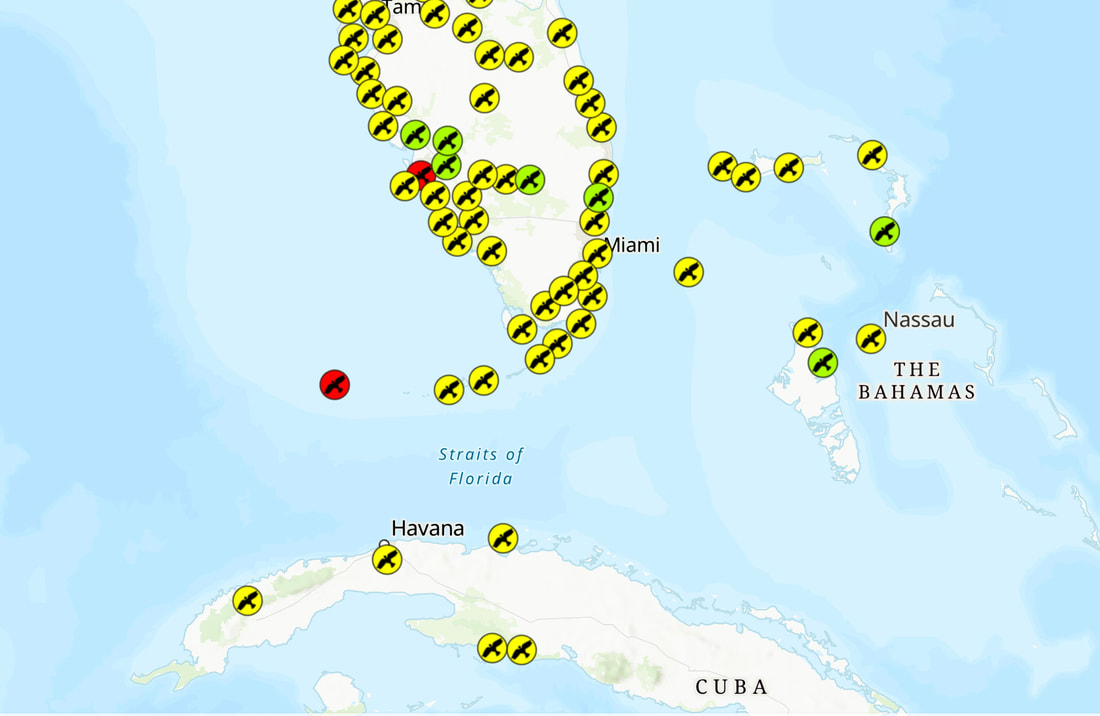
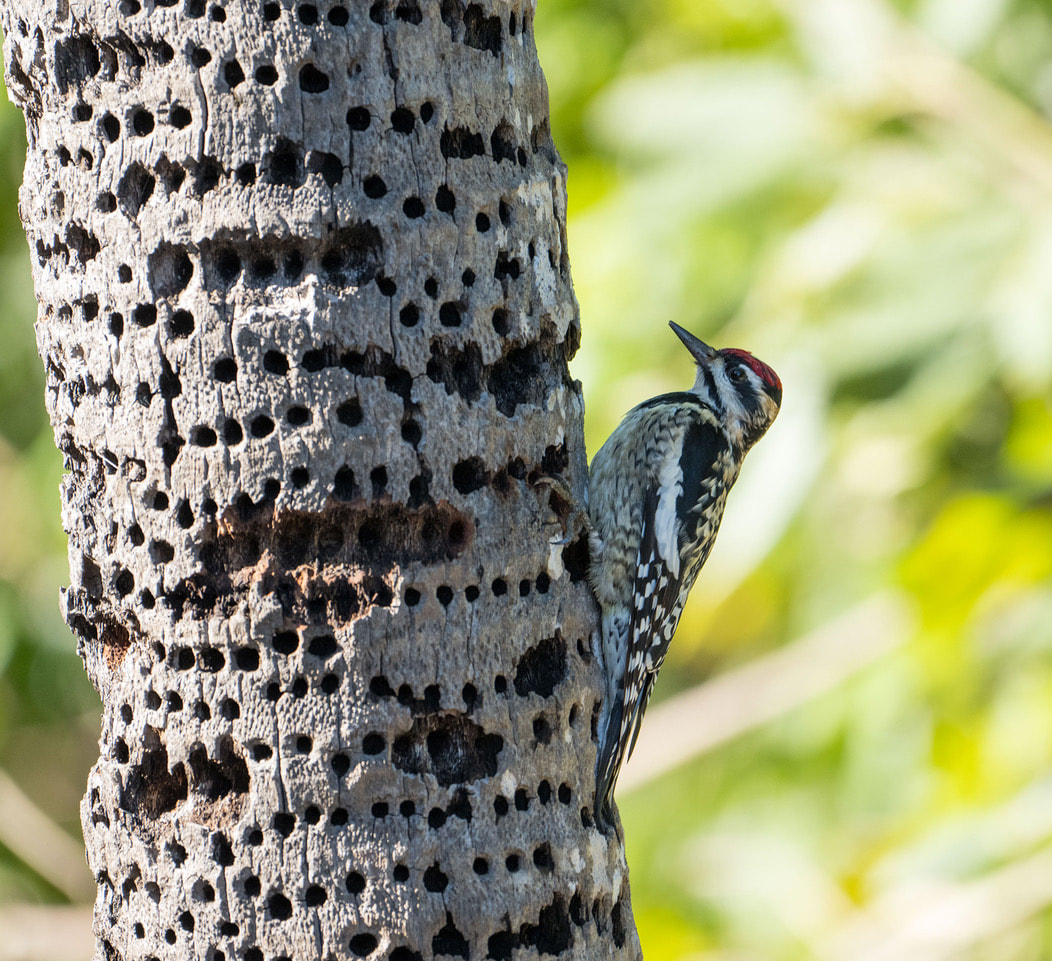
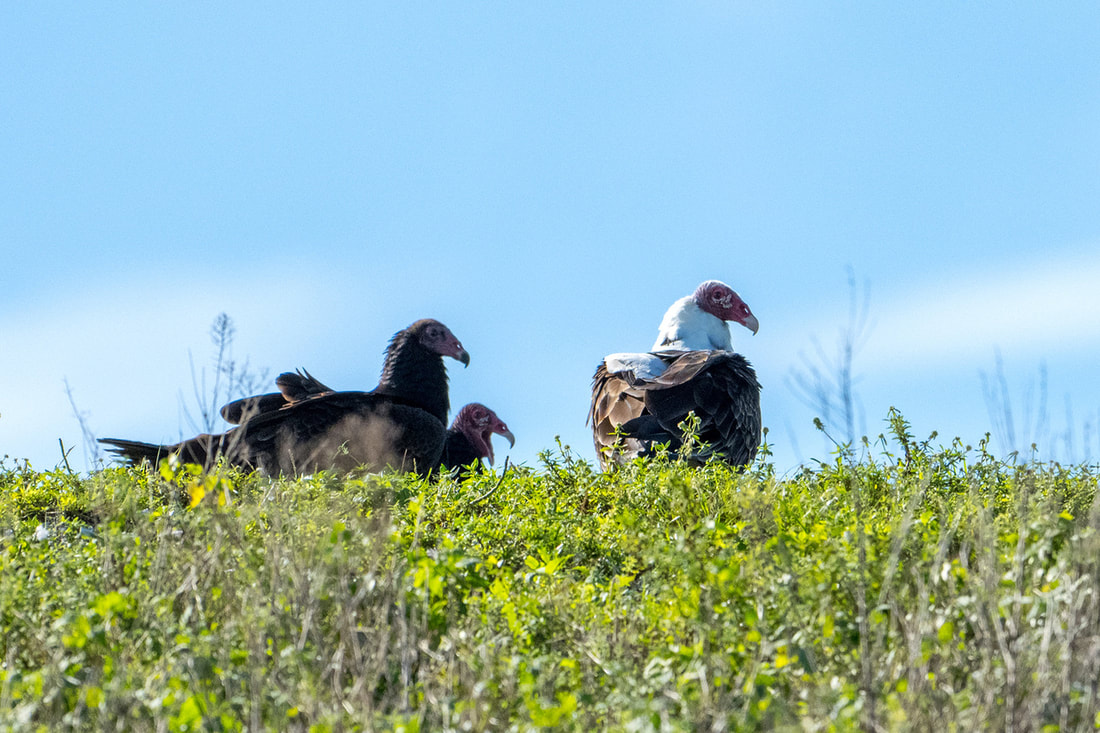
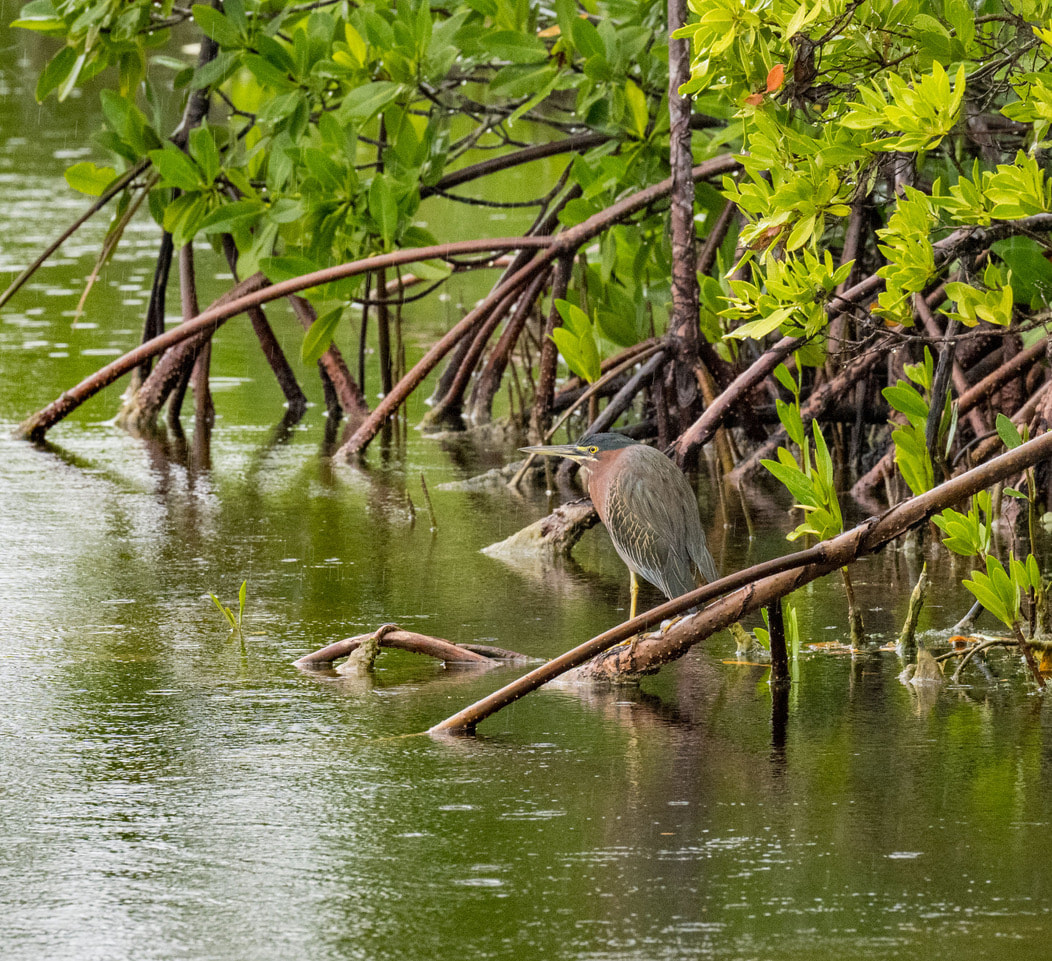
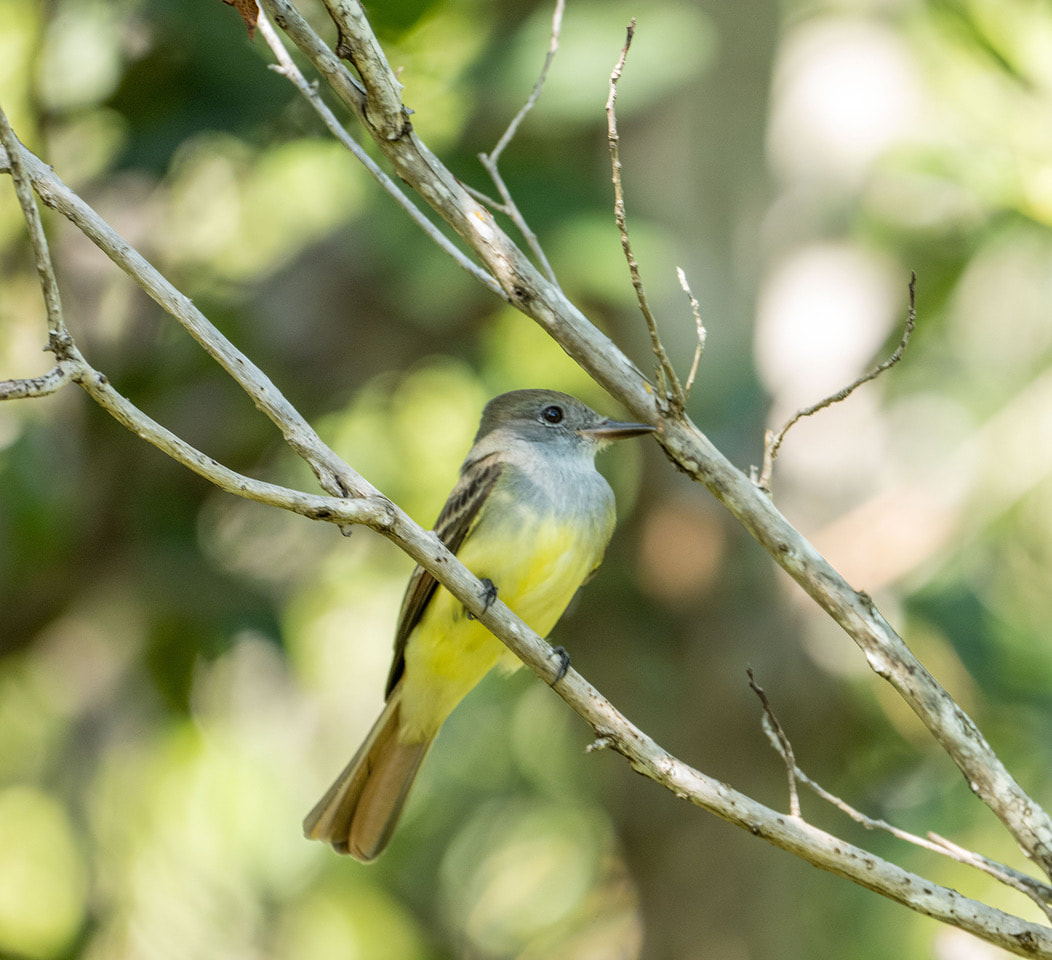
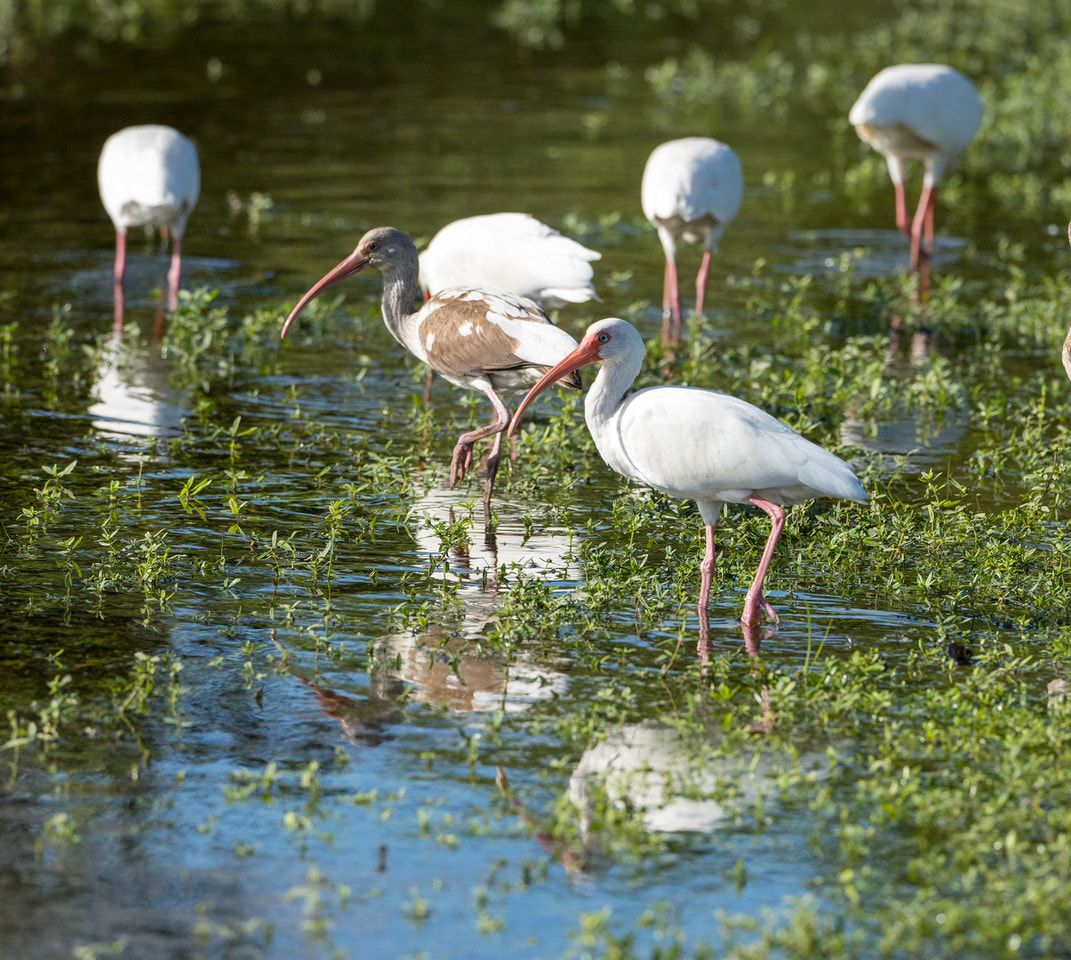
 RSS Feed
RSS Feed
